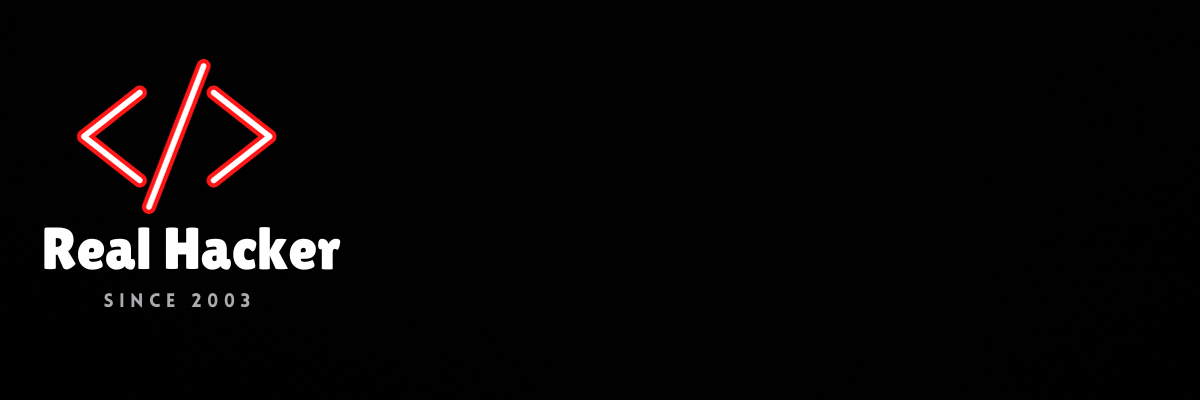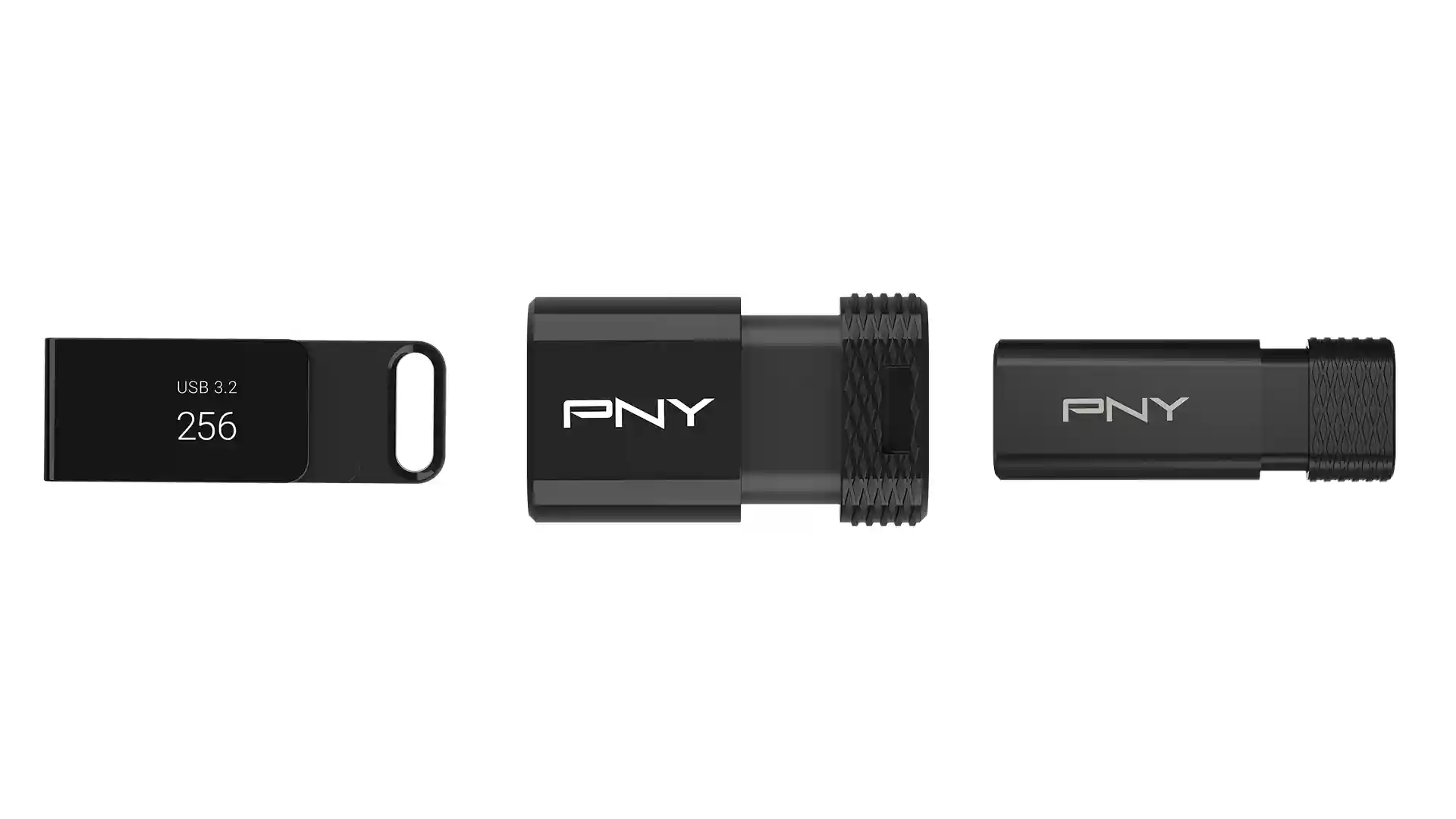I Was Disqualified by a Nature Photography Competition… Again

Everyone who knows me is aware that I love pushing the limits of what’s possible and creating the “makeable” from both the possible and the impossible. This time, however, I didn’t succeed, and the Glanzlichter nature photo competition disqualified me.
This is the perfect reason to take a deep dive into the topic of RAW control in nature photography competitions.
The winners of Glanzlichter 2025 have just been announced, and I congratulate all of them! I’m particularly happy that one of my current favorite images was awarded in the Mammals category. But what’s even more interesting is that I was disqualified.
I was actually excited and immediately contacted my friend, experienced competition photographer, and Glanzlichter organizer Florian Smit. For years, I’ve wanted to create a “Wall of Shame” where disqualified photographers could showcase their images before and after editing, and now I’d like to take this opportunity to talk about my disqualification. After all, you hardly ever find disqualified images on the internet.
But one thing is clear: if I expect others to drop their guard, I must be the first to do so. So, I’m putting my image right at the top of the Wall of Shame. Here I am — and I’m glad that three other photographers are joining me in revealing their edits.
My friends Uwe Hasubek and Karsten Mosebach were also disqualified at Glanzlichter, so I find myself in the best company. Back in 2020, I also wrote an article about my disqualification from the GDT Nature Photographer of the Year competition.
Additionally, the 200th anniversary episode of my podcast Bohnensack has just been released. I invited Smit to join me. We had an in-depth discussion on the topic: What is allowed and what is not when submitting images to wildlife photography competitions? But this is of course in German Language.
RAW Control in Nature Photography Competitions
In the world of nature photography competitions, which includes the prestigious GDT European Nature Photographer of the Year or Glanzlichter, clear rules exist to ensure the authenticity and integrity of submitted images. A key aspect of these rules is image editing.
Photographers who make it to the final round must submit the original RAW file, which is then examined for alterations. But what exactly is allowed, and where is the line drawn?
Allowed Adjustments
Basic optimizations are generally permitted, including:
- Tonal corrections: Adjusting brightness and contrast to bring the image closer to the natural visual impression.
- Color corrections: Slight modifications to color balance to restore natural hues.
- Sharpening: Moderate sharpening to enhance details without making the image appear unnatural.
- Cropping: Adjusting the image composition by trimming edges.
The wording regarding permitted adjustments is intentionally vague because the transition between acceptable and excessive editing is fluid. In specific cases, the jury reviews an image by conducting a before-and-after comparison and decides whether the type and extent of the editing are acceptable. The guiding principle is that the photographer’s original vision must not be overly altered and should remain recognizable in the original file.
The Limits of Image Editing
While minor adjustments are allowed, certain modifications lead to disqualification:
- Adding or removing elements: Cloning out distracting objects or inserting new elements is prohibited.
- Deceptive manipulations: Any editing that distorts reality or misrepresents nature.
Special Techniques
In nature photography, additional techniques such as HDR, focus stacking, and multiple exposures are often used. The competition rules specify the conditions under which these techniques are allowed. In most competitions, in-camera multiple exposures (RAW) are permitted, but only additive and average overlay methods. Furthermore, images should be taken at the same location in direct succession. Depending on the competition, there may be further restrictions regarding the category in which multiple exposures can be submitted.
HDR images used to extend a camera’s dynamic range are generally allowed in most competitions, provided all RAW files used in the HDR are submitted. The same applies to focus stacking performed on a computer.
JPGs as Proof
Most major nature photography competitions officially do not accept JPGs as proof. However, they are occasionally accepted on a case-by-case basis. Software can analyze JPGs for signs of manipulation. The problem is that even simple actions like rotating a JPG from portrait to landscape mode are flagged as manipulations, which can lead to disqualification. My experience has shown that JPG proof is rarely a reliable means of verification.
Case Studies
Let’s examine some examples. Three images stand out as clear-cut cases. Uwe Hasubek’s image, in which a pelican was removed, is a textbook example of a forgotten edit. My tip: always note such manipulations in the filename.
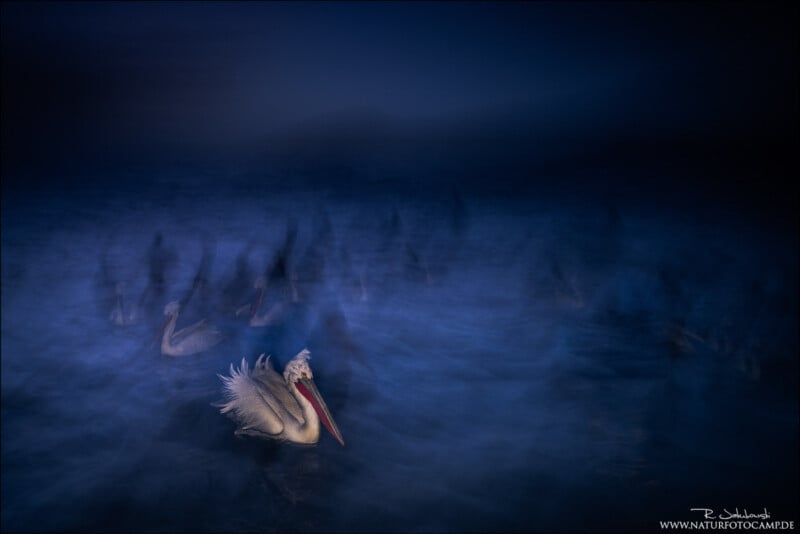
![]()
Less clear is Karsten Mosebach’s image, where a little tree was removed. Couldn’t these fall under the rule allowing minor cleanup edits? No, because this rule only applies to sensor dust or small light reflections. In our cases, a branch (Karsten) and a snow mound (my image) were removed. Such violations are straightforward and result in automatic disqualification.
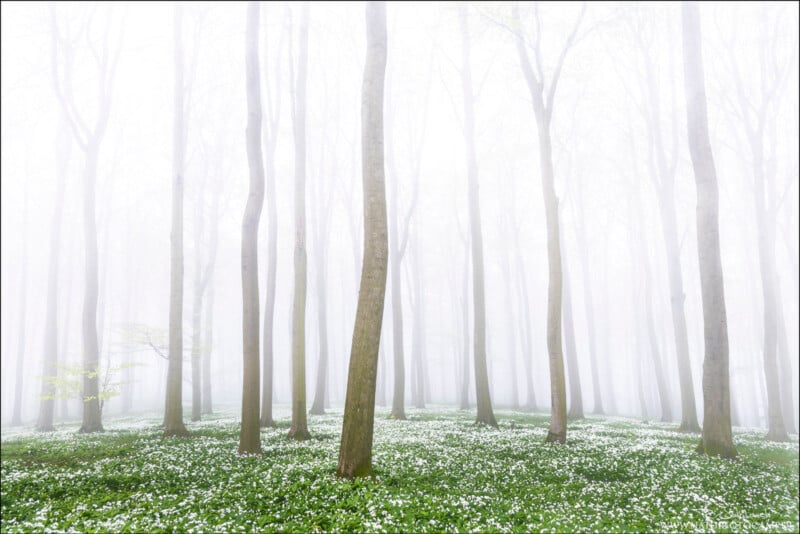
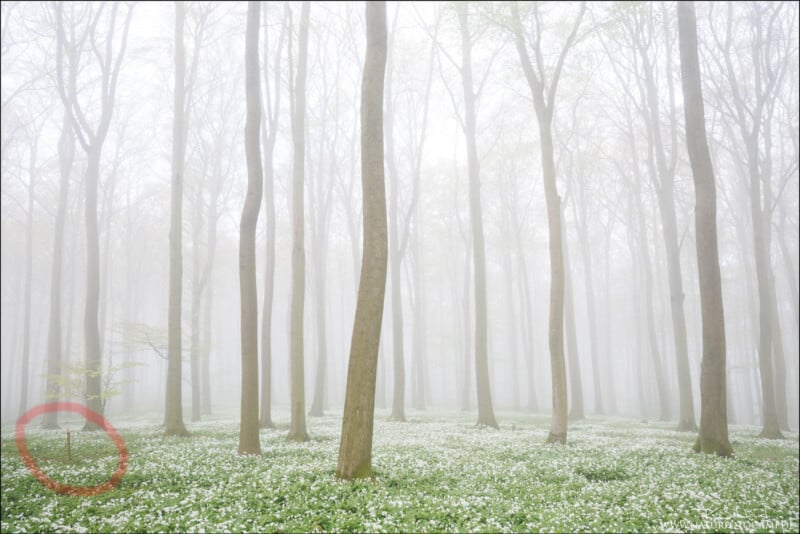
The real gray area emerges with my disqualified wave image from the Glanzlichter competition. This case was not clear-cut, meaning the jury had to make a judgment call.

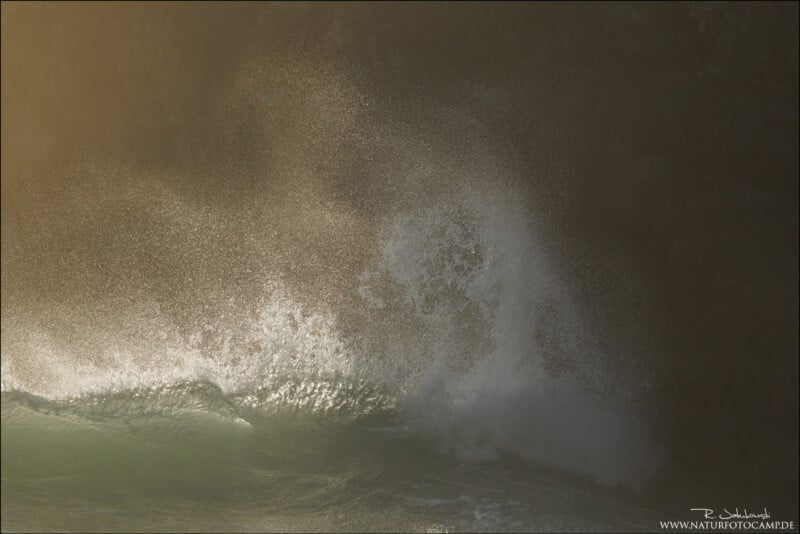
With my extensive experience in competition judging, I wouldn’t have disqualified my own image, which is why I submitted it. As a nature photographer, I have a clear vision of my final image and the necessary editing steps.
I knew that photographing high waves on the Portuguese coast would require more contrast and clarity due to the misty conditions. I also positioned myself higher to get a darker background. By adjusting the white balance and exposure settings, I utilized the warm-cool contrast between the sunlight and the crashing wave. The entire edit was done quickly in the RAW converter, producing an image exactly as I envisioned it on location.
The jury, however, had to decide whether my stronger-than-usual processing—necessitated by the conditions—was acceptable. They ultimately ruled against it, deeming the editing too extreme. Interestingly, another person experienced in RAW controls at top competitions reviewed my image and said they would have accepted it but still referred it to the jury for evaluation.
What Can We Learn?
More heavily edited images are always subject to jury discretion. I firmly believe that as artists, photographers must pursue their own vision. However, by entering a competition, we accept that a different entity will decide whether our interpretation aligns with the competition’s standards.
When participating in nature photography competitions, it is essential to understand and adhere to the rules regarding image editing. Basic adjustments that enhance an image without distorting reality are allowed, while manipulations such as adding or removing elements result in disqualification.
I’m happy to share these insights with you because, in my view, there are far too few examples available in this field.
Many thanks to Uwe Hasubek and Karsten Mosebach for providing me with their pictures—this is not something to be taken for granted. I kindly ask you to appreciate this positively and not to respond with ridicule toward them!
About the author: Radomir Jakubowski is a business graduate and independent nature photographer. He is a member of the board of the GDT (German Society for Nature Photography) and an official Canon Ambassador. Originally from Saarland (Germany), he combines his passion for nature and photography, capturing compelling reportages and creative images on demanding expeditions. His work has earned international recognition, including more than 150 international nature photography awards. His images and articles are featured in magazines, catalogs, and books worldwide, and he leads photography workshops across Europe and published five books about wildlife photography. You can find more of his work on his website and Instagram.
